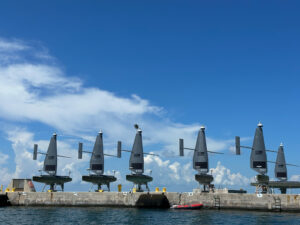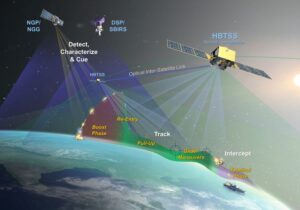
Unmanned surface vessels (USVs) that are patrolling the seas are helping to prevent boats carrying illegal migrants from departing from a country and head for the U.S., Coast Guard Commandant Adm. Linda Fagan told a House panel on Wednesday. The Coast Guard is contracting with Saildrone, a manufacturer and operator of a family of autonomous wind-powered USVs that provide maritime domain awareness to customers. Saildrone is providing data and information to the Coast Guard under contracts awarded in September 2022…

 By
By 











